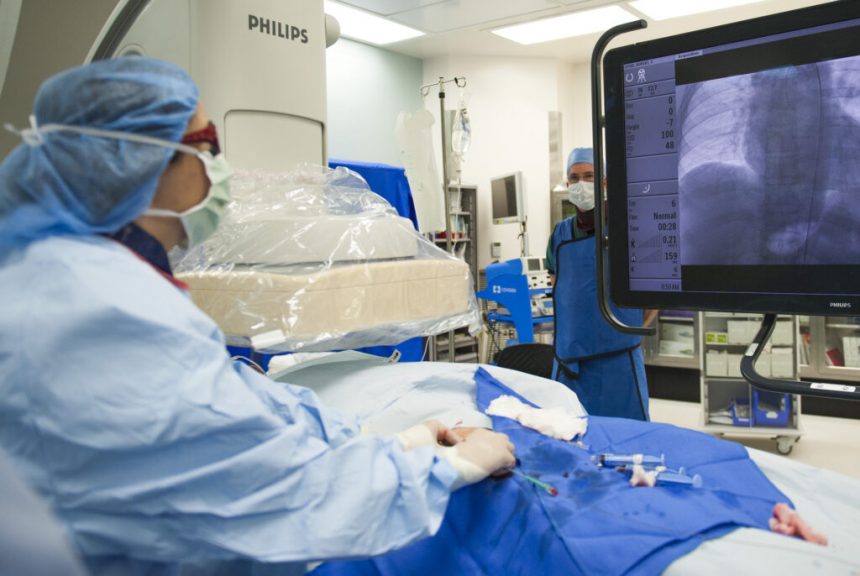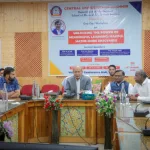Heart disease remains a leading cause of death in India, with an alarming increase in cases of blocked arteries. Coronary artery disease, which involves the narrowing or blockage of arteries supplying blood to the heart, often necessitates interventions like stenting or bypass surgery. Choosing the appropriate treatment depends on several factors, including the severity and location of blockages, the patient’s overall health, and long-term goals for heart function and quality of life.
In India, over 3 million people are estimated to suffer from coronary artery disease annually. With a rise in cases due to sedentary lifestyles, poor diet, smoking, and diabetes. Understanding treatment options is essential for managing this growing health concern.
Arteries can become narrowed due to plaque buildup—a mix of cholesterol, fatty deposits, and other substances—reducing blood flow to the heart and increasing the risk of heart attack. This condition can cause symptoms such as chest pain (angina), breathlessness, fatigue, and even heart failure if left untreated. Early diagnosis through tests like ECG, stress tests, and coronary angiography helps determine the extent of blockage and the right intervention.
Stents: Minimally Invasive and Quick Recovery
Stenting, or percutaneous coronary intervention, involves inserting a tiny tube into the narrowed artery to keep it open, improving blood flow. This procedure is less invasive, usually performed under local anesthesia, and patients typically return home within a day or two.
Drug-eluting stents, which release medication to prevent re-narrowing, are commonly used. Stents are ideal for patients with one or two blocked arteries or those who may not tolerate surgery due to age or other health conditions. However, patients must take blood-thinning medications long-term and may face a risk of re-blockage in certain cases.
Bypass Surgery: Comprehensive Treatment for Severe Blockages
Coronary artery bypass grafting is a more invasive procedure where surgeons use blood vessels from another part of the body to create a new route for blood to flow around blocked arteries. It is typically recommended for patients with multiple blockages, especially in major arteries or in diabetics, where stenting may not provide lasting results.
Though recovery takes longer—hospital stays can last 5–7 days with several weeks of rehabilitation—bypass surgery has proven long-term benefits, including reduced risk of repeat procedures and better outcomes for complex heart disease.
Comparing Outcomes and Making the Decision
Both stents and bypass surgery have their merits. Studies show that while stents are effective for short-term relief and quicker recovery, bypass surgery offers better long-term survival in patients with severe multi-vessel disease. The choice depends on factors like age, co-morbidities (diabetes, high blood pressure), number and location of blockages, and patient preferences.
It’s crucial to consult a cardiologist or cardiothoracic surgeon to evaluate all options based on individual health conditions. With advancements in minimally invasive bypass techniques and improved stent technology, treatment can be tailored to offer the best outcomes.
As heart disease cases rise across India, timely intervention is critical. Understanding the benefits and limitations of both stents and bypass surgery can help patients make informed decisions. Early diagnosis, lifestyle changes, and expert consultation are key to preserving heart health and improving quality of life for those with coronary artery disease.
(The Author is Director & Head of Department – Cardiothoracic & Vascular Surgery, Yatharth Hospital, Greater Noida)








